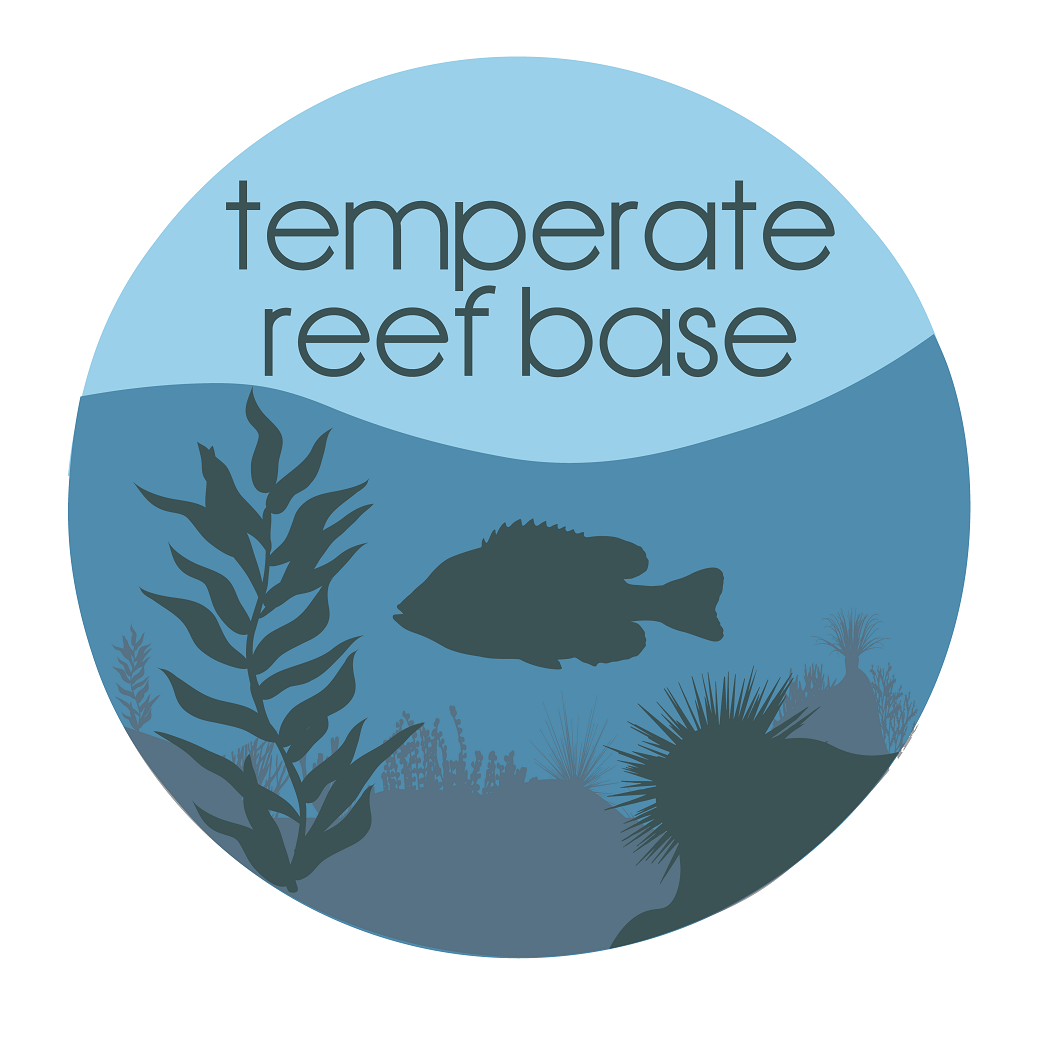PHYTOPLANKTON
Type of resources
Topics
Keywords
Contact for the resource
Provided by
Years
-
Zooplankton samples were collected at inshore coastal waters of south eastern Tasmania, between the years 1971 and 1972. Three stations were selected to cover the D'Entrecasteaux Channel, mouth of the Derwent River and the Storm Bay areas. Surface, midwater and bottom zooplankton samples were collected monthly for a period of twelve months during the day as well as night time, using horizontal tows. Data for temperature and salinity were also obtained from the stations.
-
Zooplankton samples were collected at two sites in south eastern Tasmania, between the years 2000 and 2001 using two types of plankton net. Samples were collected using horizontal hauls during the daytime only. All copepods, salps and chaetognaths were identified and enumerated.
 TemperateReefBase Geonetwork Catalogue
TemperateReefBase Geonetwork Catalogue